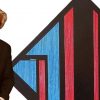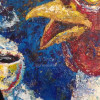CREATIVE
Q: Tell us a little about yourself. Who are you and what do you do?
A: My name is Rob Snow. I have been an illustrator/graphic designer for some 15 years now, and before that I was working in the fields of education and animation. Even though I still work in the education field, my main concern is illustration, both commercial and my own projects. Unlike the common misbelief; “That I know nothing.” I have been drawing with pencil for over 45 years. Much of my design and creative effort is focused around using the pencil, and only recently have I combined the techniques of digital art with my traditional skills. Drawing the image in pencil and then scanning and painting in Photoshop. Mainly, due to time constraints as well, I have learnt to digitally paint with a new more immediate style and pace. However, out of all of this, my main passion is to create new ideas, and fresh ways to show these ideas off, using the skills I have.
Q: What art technique do you use, and what motivated you to use that technique?
A: As stated before, my art is based on two techniques. Those of traditional pencil work and then later digital painting. Even though sometimes I render the entire finished image in the computer, I still do all the preparatory work via pencil. I like the way it feels, smells and works on paper. I have progressively worked to improve my digital skills, mainly as I have a limited space to work in, and time constraints on a busy life are pretty demanding. So I find working on computer, can speed this up.
Q: When did you decide you wanted to be an artist? And has the internet become a good or bad aspect to life as an artist?
A: Didn’t really decide to be an artist. Seemed to flow into it. I remember being at the career office at school requesting to be a forest ranger. Maybe one reason I love animals and include them in my art. Then I saw Star Wars, and that changed my life. Has been an up hill struggle to get anyone to accept me as my chosen path, but most artist talk of this struggle.
The internet has come late into my life as far as a tool goes. I would have to say it’s a double edge sword with a sprinkling of a necessary evil. The local market for art is non-existent, so a global market helps in that sense. The hard reality is that there are a large, and growing, group of individuals, who at best are talentless, but see the internet and it’s wealth of resources, as a goldmine to bring them fortune at no cost of time, money or effort. I have become victim of this, with many stealing my art, and selling in illegal counterfeits, or simply using it without permission.
Q: What do you dislike about the world of art?
A: I guess the one thing I hate most about the world of art is the fact that to some it’s a career choice, and to others it’s a hobby, but they can both compete in the same market place. In economic crisis, many people who seek art, look at the price tag as much as the image. They rarely come to a conclusion of the skills and effort an artist takes to do work, and therefore falls victim to the price tag more than not. This has all stemmed from the absence of any great teaching of the subject at school, and the availability of cheaper art packages on computers that enable people to think of trying their hand at something when not skilled or qualified to do so. After all, I can buy a scalpel in an art store, doesn’t mean I should try operating on someone.
Q: What is the toughest thing about being an artist?
A: Luckily I don’t get too much idea blockage, so I would say the hardest part of art is the clients and the costs. People don’t really want to pay you for the hours you spend, and the cost of art equipment is very high. All in all, it’s a job of passion more than reward.
Q: What’s your message to the World?
A: My message to the world, is think about how much good art and good design would wash away a great deal of the torments and miseries we have in our daily lives. There is so much potential to make the human society be surrounded by invigorating images and designs, but we are left under the control of businessmen who know nothing of making the world a better place.
INFRINGEMENT
Q: What was your first case of a piece of art being infringed upon?
A: What started me off on this quest for justice, as it were, was a notification from an ex-student friend who spotted a piece of mine that was being misused by a Greek graphic designer, on a poster for a celebration they call; “Τσικνοπέμπτη”. A pre-easter event where they stuff themselves with meat. Anyway, they stole a pig character I did and stuck it on the poster. Didn’t want to remove it and stated they would take it down after the event. I threatened lawyers and it was sorted.
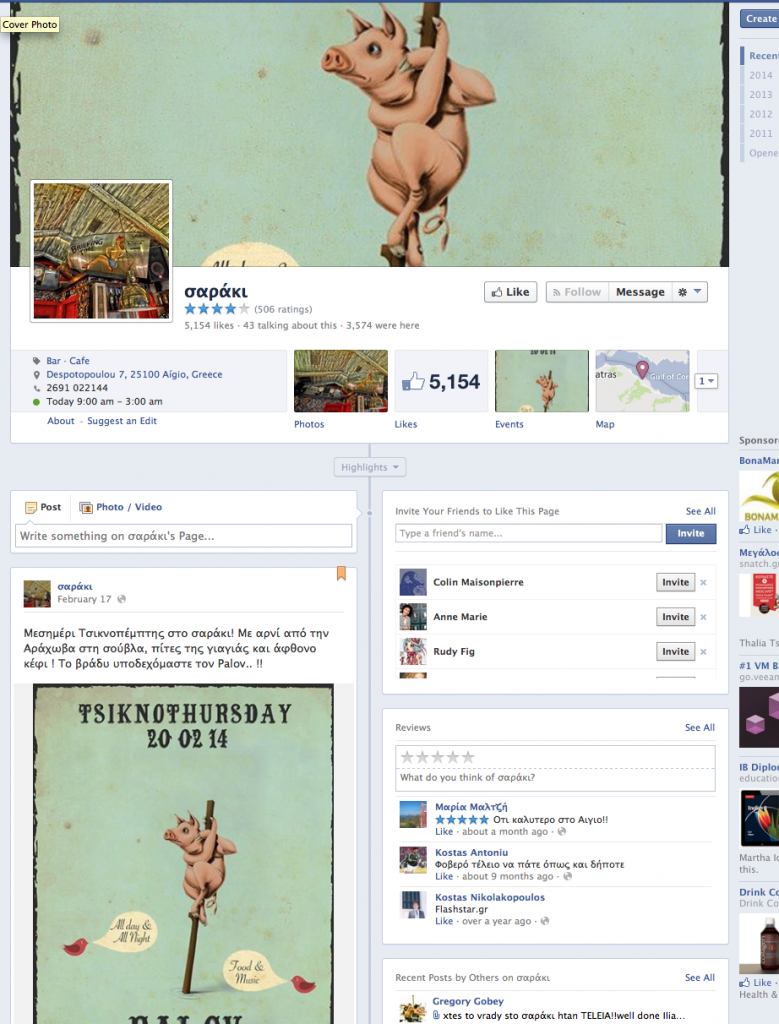
copyright © Rob Snow
Q: How did you feel about someone stealing your artwork and making money from your hard work?
A: I feel sick to the stomach if you ask me seriously. I really find these people pathetic. It’s a little to do with the fault of the lawless internet, where many believe art and images are free there, but still, what happened to morality. I don’t spend two weeks of my life painting an image, so that some low-life who has no skills can make money from my hard work.
Q: Do you feel it’s a necessary part of the market, to allow for free advertising?
A: Some have the notion that it’s like a free advertising and promotion, but that’s bull. Nobody knows who did the artwork, they just want a cheap phone case. They probably wont even spend time looking you up, or finding the artist name. It’s the other side of a two sided sword that is the internet. Unless the laws are changed then it will flourish. If you look at the counterfeiting figures from China; 2% of the World Trade is illegal counterfeiting in China, which accounts for $60 billion.
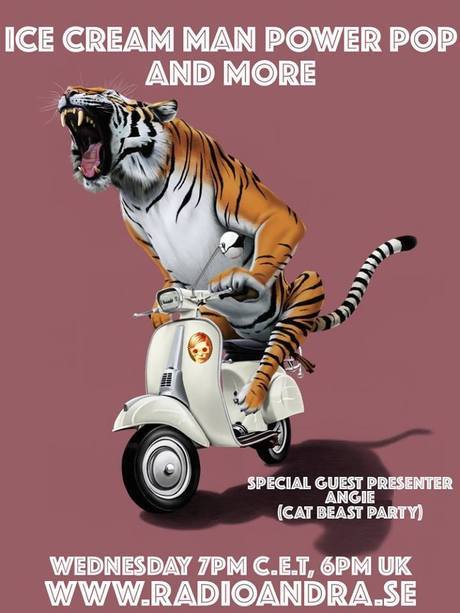
Stolen artwork original copyright © Rob Snow
Q: What would you say to the infringers if you had the chance?
A: Name their lawyer! No seriously, I would ask them to think how they would feel if I came into their lives and took something they worked hard on and freely made money from it, without caring about the affect on me. Artists are not machines or tools!
Q: How do you think this situation could be resolved?
A: It could be resolved very easily. You could change the DMCA laws. Make it that art thieves are liable if they take from sites that are copyright controlled, and that the victim (the artist) can prosecute in their own country. One reason many people get away with it, is the high cost on small time artists to go to China and sue companies. It’s not practical. Get the thieves to defend themselves in the country of the victim. I think that’s the case with most victim based crimes?
Make it law that any image must be added to sites with attributions. Any sites not doing that will face action.
Make the privacy policies a little more open when seeking contact information of infringers. Many hide behind the easy anonymity of the web. Nothing seems set up to protect the artists who’s work is being stollen. Many don’t even care if there is a © on the page, artwork, or on the site.
COPYRIGHT
Q: What is your view on copyright?
A: Copyright was a good policy. Maybe worked without the internet and computers. Even the DMCA is a useless law amendment set to help big businesses. And at the end of the day, all copyright does now is to give original artists a belief they are protected. But it’s like a condom with holes in them. You think it should protect you, but it has too many flaws.
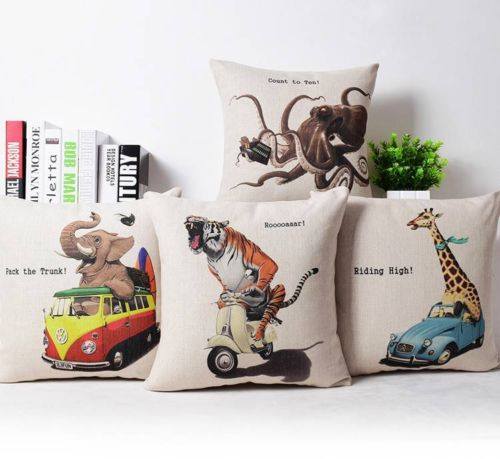
Counterfeit cushions original copyright © Rob Snow
Q: Have you ever innocently, or without knowledge of copyrighted laws used other’s material for your own work?
A: Well, this is an incredibly debatable subject. It’s an area a lot of thieves use as their excuse to using other’s works. I will say, I use loads of referencing for pose, colour and light on many of my drawings. None are exact copies, nor close enough to be considered a derivative. I have done one that is a parody of Koon’s inflatable dog sculpture. But as that was a sculpture and mine is a derivative in digital paint, then I find no harm. Also, Koons didn’t invent the shiny balloon dog, and too many instantly refer to that like he did invent it.
Q: How do you protect your own work against copyright theft?
A: Well, over the years I have become stronger and stronger towards protecting against online theft. I used to start by doing a simple copyright statement in the bottom corner, as a watermark. Then after reading an article realised that was as pointless as a hole in a space suit. So, I tried to use DigiMarc. In principle it works, but the simple fact is their search recovery system is flawed by new internet technologies. So for the cost it isn’t really that effective. So, I use an app and a combination of DigiMarc to add an invisible watermark and a Getty Image type watermark. Both are pretty hard to remove. However, POD sites rarely put as much effort into this type of protection. So if you want to sell, you are naked.
Q: Do you think companies on the web do enough to protect artist’s work?
A: Simple answer; no! There tends to be a feeling that you have to prove something rather than the thief having to defend themselves. Plus, these people are selling on the web, so they must make money. Does the artist get compensation…no! That would improve a lot of thoughts about stealing art, is if they were forced to compensate the artists for the amount they made from the stolen work. Many a time I have felt it’s me under the spotlight. That I am guilty of something. Companies could also employ image recognition technology, that would instantly spot the stolen artworks, and the uploader would have to prove they have rights to sell it on that platform.
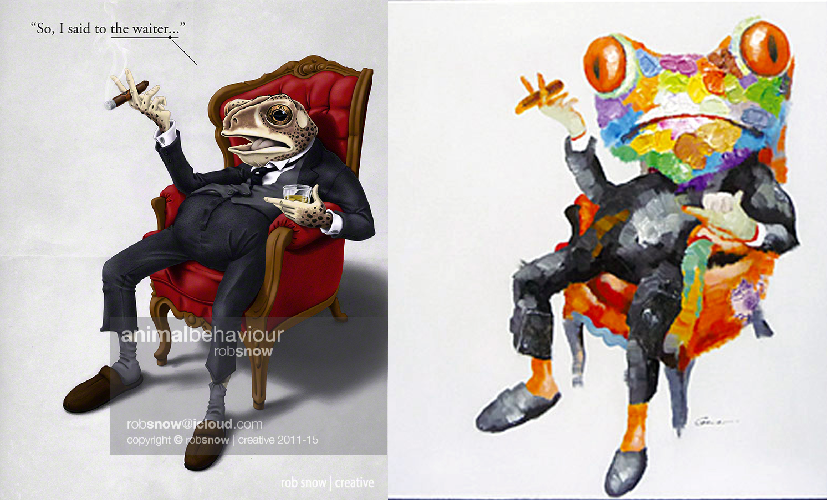
IP theft original left copyright © Rob Snow
Q: What do you think about Creative Commons and Public Domain?
A: Maybe in the beginning there was scope for these principles, but like most of things in society, it is in belief that all who serve under these attributions are honest and full of morals. That is not the case, and this is why they tend to fail. Artistic License has had dealings with many artists who give CC0 attribution to allow use of art, to be utilised in advertising work, etc, or to get blog recognition as an artist, then have someone without morals, take it and literally sell with no effort, thought or respect.
These laws worked when the internet wasn’t so effective at anonymity and lawlessness. That it would take effort to do something with these pieces. But now, a right click, open in Photoshop. Do a quick ‘healing brush’ on the copyright, and bam, upload it to the web and you make money! And they only take what is commercially viable, so they then suck revenue from the artists who actually do do a great deal of work to make a living.
Q: What do you think of artists that abuse this feature?
A: Well, to start with, they are not artists. They are not creative, and they are only lacking moral fibre in my mind. Just because their is a loop hole in the semantics of terminology, doesn’t give the right to allow people to exploit hard working people. Even if it’s OK on the attribution listing, these people should think hard about what they do, and who it affects. If they don’t then that really gives the answer to their type of character.
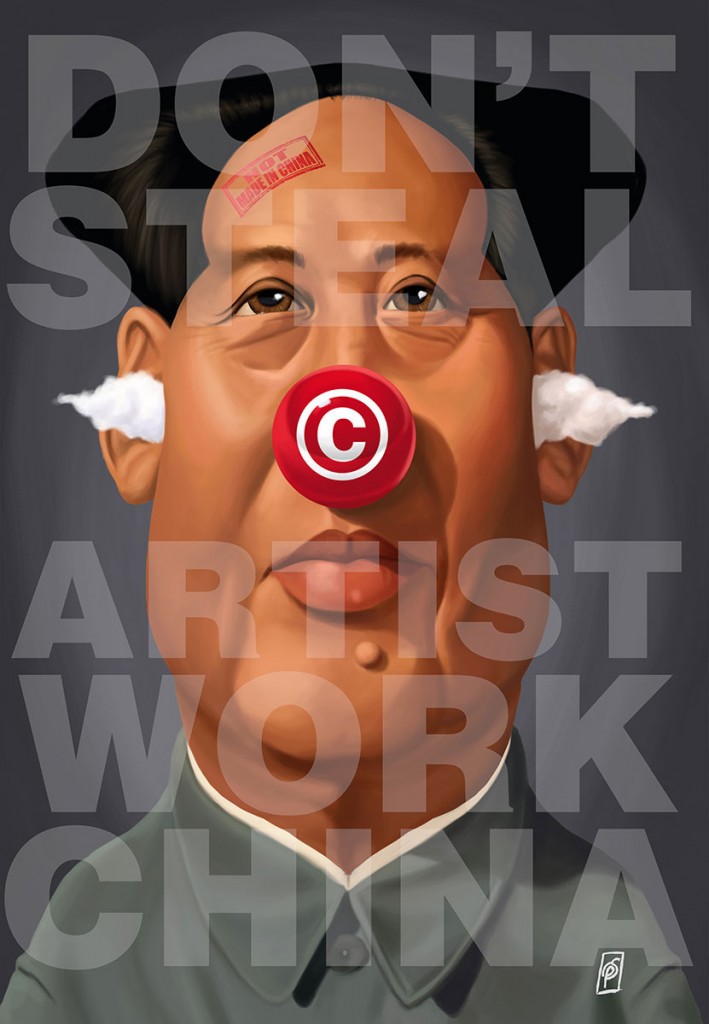
Mao-Tse Took My Art copyright © Rob Snow








